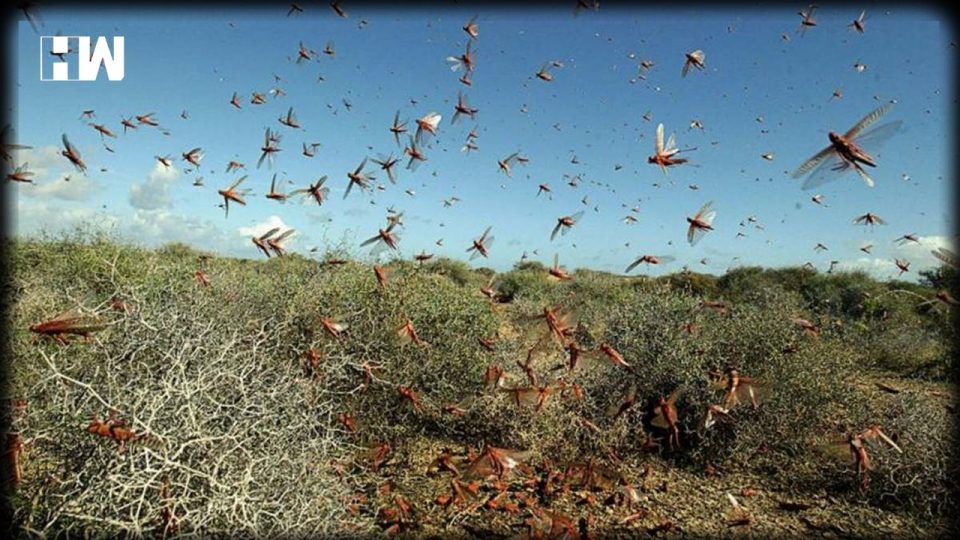Till Wednesday locust containment actions & sprinkling operations have been conducted in 303 areas spread over more than 47,000 hectares.
On Wednesday, the centre said it has stepped up efforts to control the spread of swarms of locust in Gujarat, Punjab, Rajasthan and Madhya Pradesh, and will soon deploy drones to spray pesticides to deflect the migratory pests.
Punjab Director Agriculture Sawtantar Kumar Airi said that Punjab has been put on high alert for the pest attack and control rooms have been set up in each district and farmers have been informed to report any movement of locusts.
About 21 districts in Rajasthan, 18 in Madhya Pradesh, two in Gujarat and one district in Punjab have undertaken locust control measures till now Locust containment measures and sprinkling operations have been conducted in 303 locations spread over more than 47,000 hectares till Wednesday. sources in the Agriculture Ministry said.
On Wednesday, officials from the Locust Warning Organisation (LWO) said, the insect, which endangers vegetable and pulse crops, have not affected rabi (winter) produce in India but the government efforts are on to eliminate the insects before the monsoon in order to save Kharif crops.
Also Read: COVID-19 Cases in India Jump to 158,333, Deaths At 4,531
The locusts, belonging to the family of grasshoppers and are normally harmless but certain environmental conditions like monsoon and heavy cyclones make them breed faster. The swarm is highly mobile and covers 50 to over 100 km in a day.
UN body Food and Agriculture Organisation (FAO) said a single square kilometre of the swarm can accommodate somewhere between 4 to 8 crore adult locusts. Every single day, they can eat the food consumed by as many as 35,000 people, if they cover 130-150 km.
(Input from Agencies)
As an independent media platform, we do not take advertisements from governments and corporate houses. It is you, our readers, who have supported us on our journey to do honest and unbiased journalism. Please contribute, so that we can continue to do the same in future.

